Membrane Transporter/Ion Channel
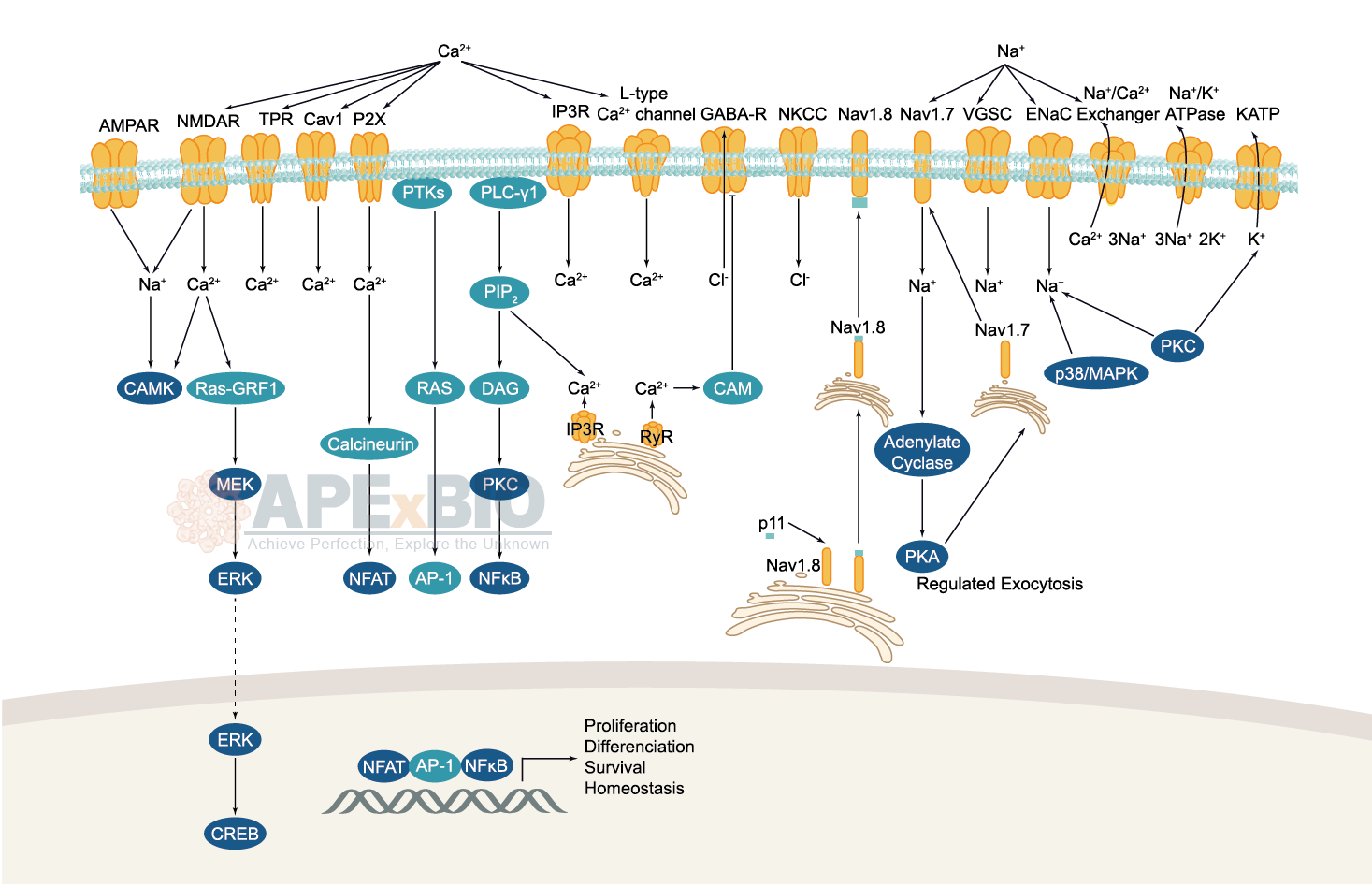
Ion channels are pore-forming membrane proteins which allow the flow of ions across the membrane. The ion channels can be broadly grouped into six families including calcium channels, chloride channels, potassium channels, sodium channels, gap junction proteins and porins. Not all ion channels are gated, such as certain type of K+ and Cl– channels, transient receptor potential superfamily of cation channels, the ryanodine receptors and the IP3 receptors, but most Na+, K+, Ca2+ and some Cl– channels are all gated by voltage. Ligand-gated channels are regulated in response to ligand binding (e.g. neurotransmitters signaling). These ligand-gated neurotransmitter receptors are known as ionotropic receptors. Various neurotransmitters couple to ionotropic receptors such as glutamate, acetylcholine, glycine, GABA, and serotonin.
-
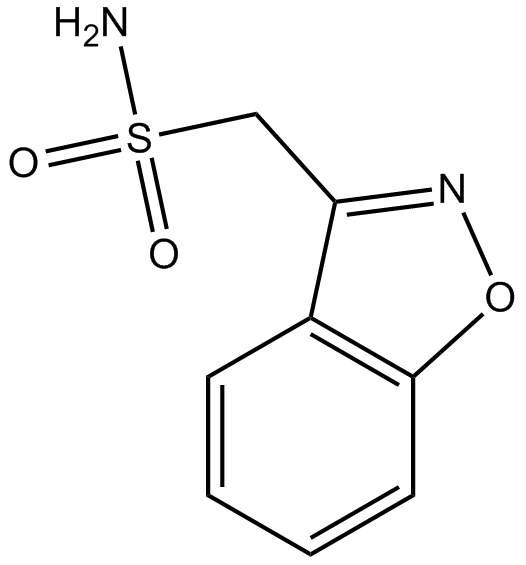 A5354 ZonisamideTarget: Voltage-gated Sodium (NaV) Channels|Voltage-gated Calcium Channels (CaV)|Carbonic Anhydrases|Calcium-Activated Potassium (KCa) ChannelsSummary: Antiepileptic with anticonvulsant and mechanistic effect
A5354 ZonisamideTarget: Voltage-gated Sodium (NaV) Channels|Voltage-gated Calcium Channels (CaV)|Carbonic Anhydrases|Calcium-Activated Potassium (KCa) ChannelsSummary: Antiepileptic with anticonvulsant and mechanistic effect -
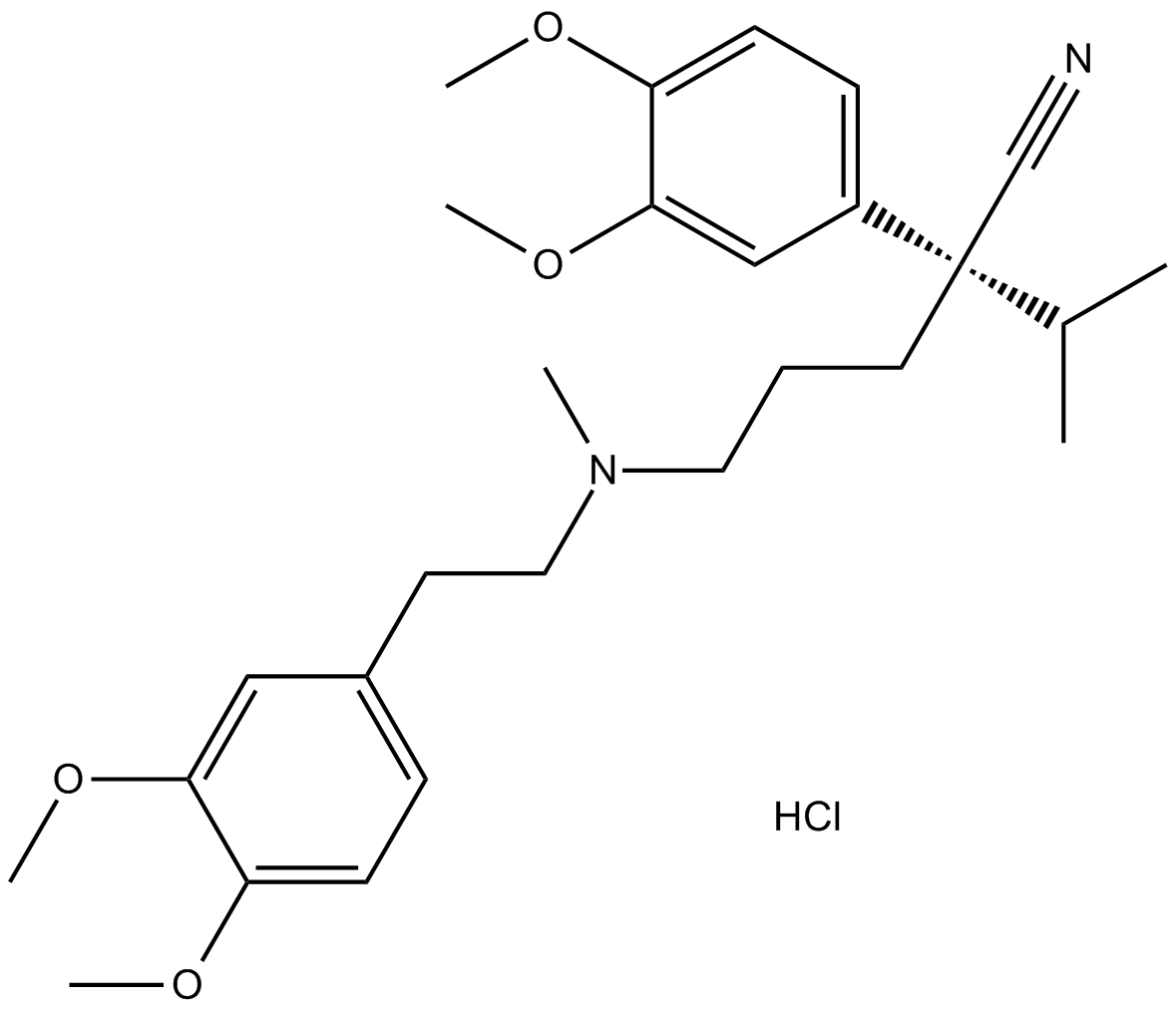 B1867 Verapamil HCl1 CitationTarget: Voltage-gated Calcium Channels (CaV)Summary: L-type calcium channel blocker
B1867 Verapamil HCl1 CitationTarget: Voltage-gated Calcium Channels (CaV)Summary: L-type calcium channel blocker -
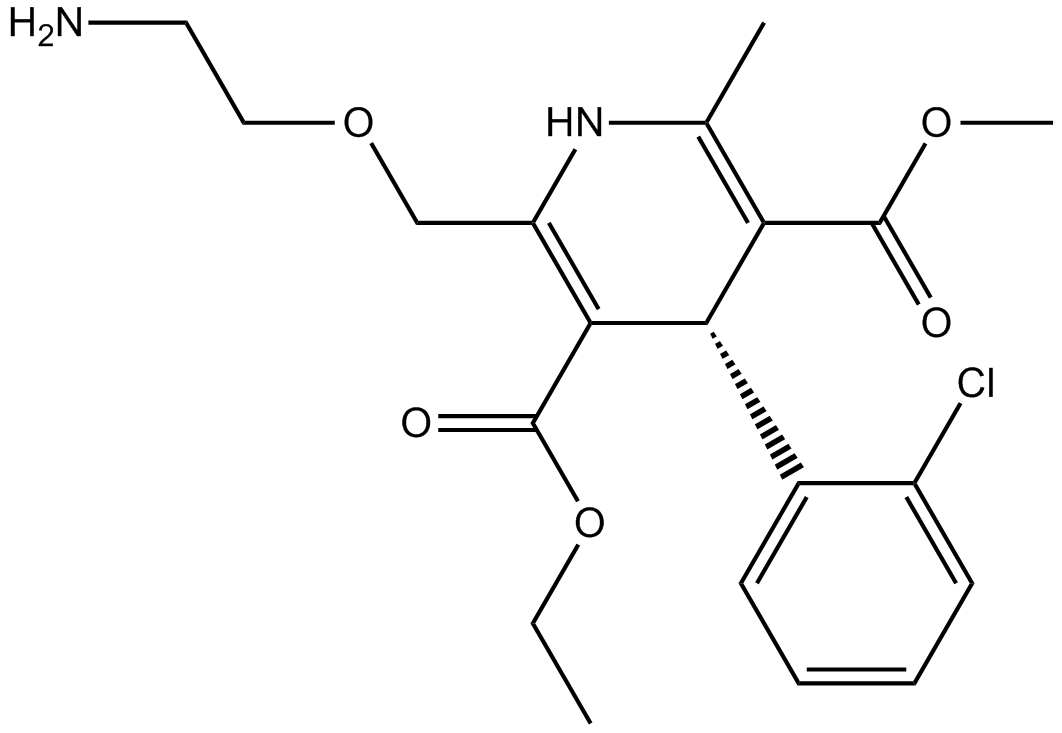 B1410 AmlodipineTarget: Voltage-gated Calcium Channels (CaV)Summary: Calcium channel blocker
B1410 AmlodipineTarget: Voltage-gated Calcium Channels (CaV)Summary: Calcium channel blocker -
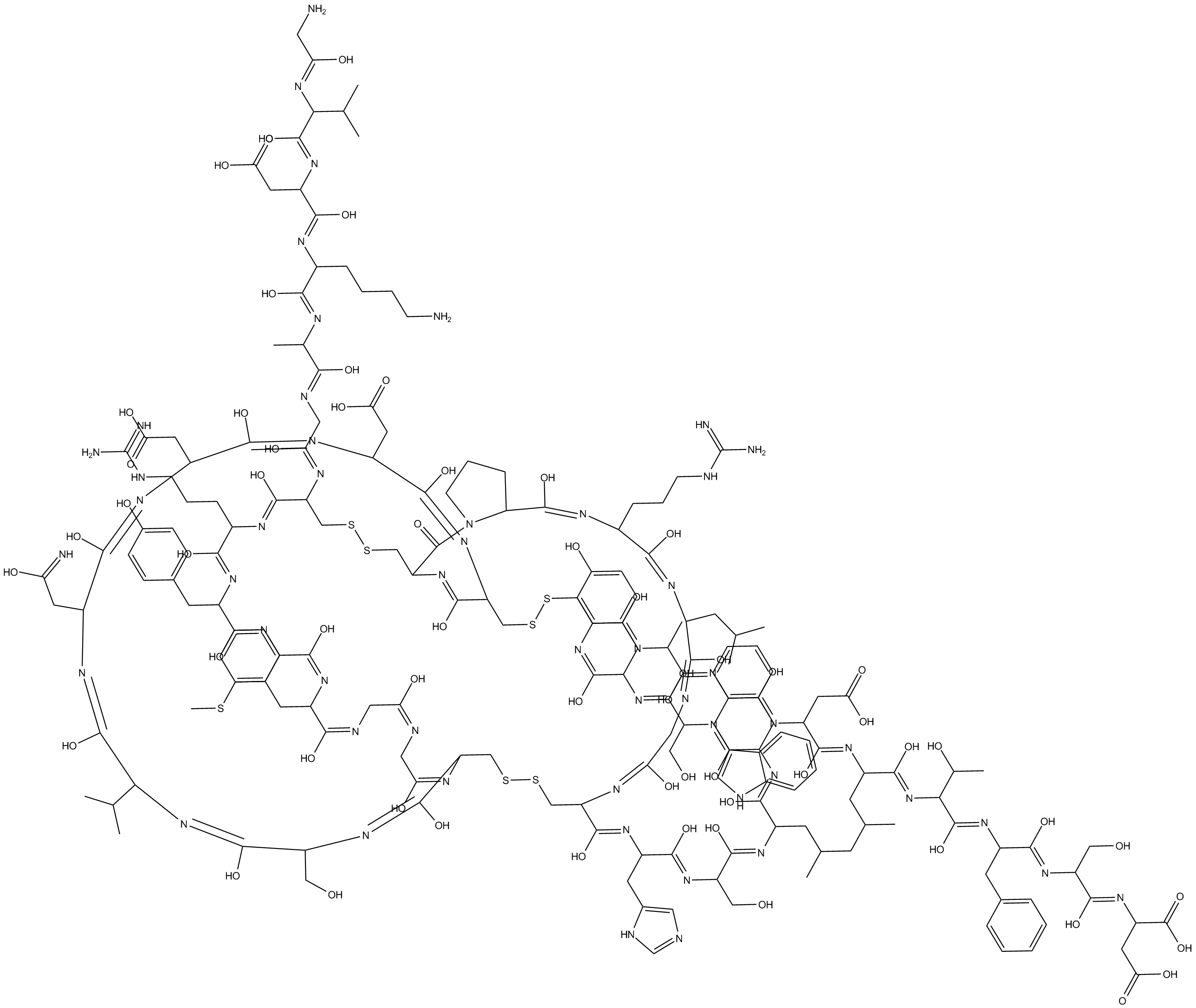 B5351 SNX 482Target: Voltage-gated Calcium Channels (CaV)Summary: voltage-dependent R-type CaV2.3 calcium channel blocker
B5351 SNX 482Target: Voltage-gated Calcium Channels (CaV)Summary: voltage-dependent R-type CaV2.3 calcium channel blocker

